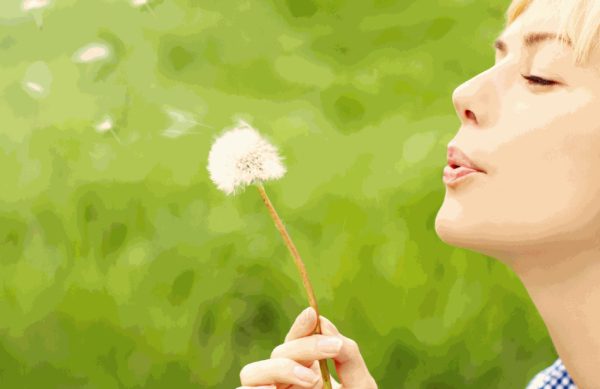
Spring is beautiful, but it’s also a key time of year for seasonal allergies. As plants release pollen, millions of people with hay fever start to sniffle and sneeze. There’s no cure but you can take steps to curb springtime allergies, from medication to household habits.
The biggest spring allergy trigger is pollen. Trees, grasses, and weeds release these tiny grains into the air to fertilize other plants. When they get into the nose of someone who’s allergic, they send the body’s defenses haywire.
The immune system mistakenly sees the pollen as a danger and releases antibodies that attack the allergens. That leads to the release of chemicals called histamines into the blood. Histamines trigger the runny nose, itchy eyes, and other symptoms that are all too familiar if you have allergies.
Pollen can travel for miles, so it’s not just about the plants in your neighborhood.
Triggers include:Trees, Grasses and weeds
Pollen counts tend to be particularly high on breezy days when the wind picks up these sneeze-inducing grains and carries them through the air. Rainy days, on the other hand, wash away the allergens.
Pollen isn’t the season’s only trigger. With spring rains, there’s more mold growth inside and outside your home. And spring cleaning will stir up dust mites throughout the house as well.
You may have:
Start with your regular doctor. They may refer you to an allergist for tests.
The allergy specialist may give you a skin test, which involves either pricking the surface of the skin with a tiny amount of allergen (prick test), or injecting a tiny sample of a diluted allergen under the skin of your arm or back. If you’re allergic to the substance, a small red bump (called a wheal or hive) will form. Sometimes, you may get a blood test.
Over-the-Counter and Prescription Allergy Treatments
There are many medicines that can ease the symptoms of allergies. They include:
Antihistamines reduce sneezing, sniffling, and itching by lowering the amount of histamine in your body.
Decongestants shrink the blood vessels in the nasal passageways to relieve congestion and swelling.
Antihistamine/decongestant combos combine the effects of both drugs.
Nasal spray decongestants relieve congestion and may clear clogged nasal passages faster than oral decongestants without some of the side effects.
Eye drops relieve itchy, watery eyes.
Even though you can buy these allergy drugs without a prescription, it’s a good idea to talk to your doctor first to make sure you choose the right medication. Some antihistamines can make you feel sleepy, so be careful if you take them during the day. Non-drowsy types are also available. If you feel like you need over-the-counter antihistamines and decongestants for more than a few days, talk to your doctor.
Have you tried OTC remedies and need something more? Your doctor may recommend a prescription medication, allergy shots, or under-the-tongue immunotherapy tablets. Many steroid nasal sprays are available by prescription too.
Immunotherapy gives you gradually increasing doses of the allergen until your body can handle it. The treatment can relieve your symptoms for a longer time than other types of allergy medications. Although it doesn’t work for everyone, it can stave off some people’s symptoms for a few years.
Social Chat is free, download and try it now here!